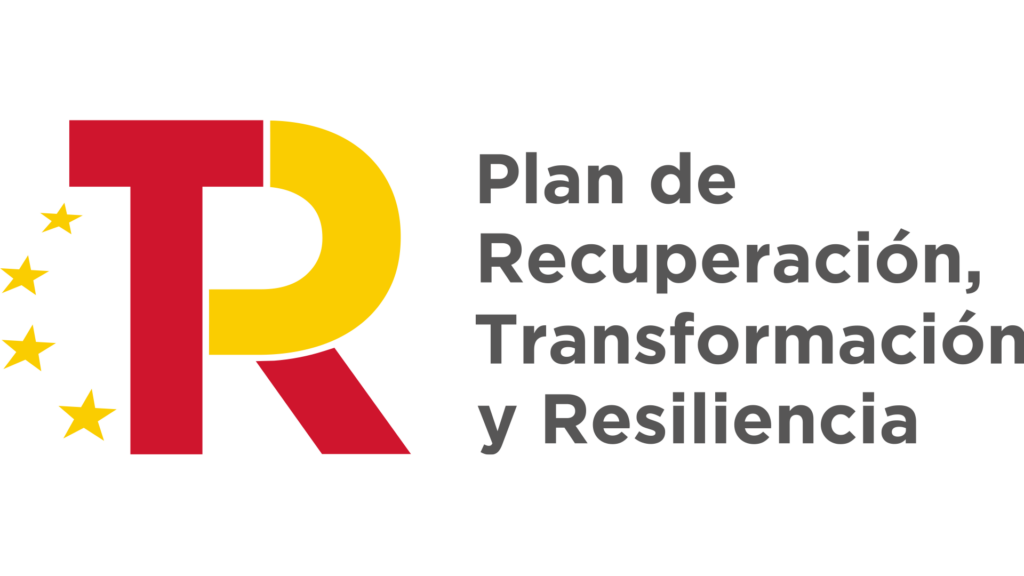5 keys to obtaining an olive harvest every year

Hello! In this week’s article I am going to explain the 5 keys to obtaining an olive harvest every year in your olive grove.
It should be noted that this is not entirely certain, because it depends on many determining factors, some such as the weather can throw all the work away, the type of terrain also has a notable influence, but it is true that if you follow these keys , you will have a better chance of obtaining an olive harvest every year in your olive grove than if you don’t do it.
Before continuing, we recommend that you visit our list of oils on the website by clicking here.
Key 1: Harvesting early olives
The sooner we pick the olive from the olive tree, the more time it has to recover.
This is pretty obvious if you think about it for a moment, since the entire time the olive is hanging from the olive tree, it is consuming resources from it.
This is why it is very important to collect the olives early, so that the olive tree has time to recover both from the damage caused during the collection (branches broken by the vibrator or stick), and from the absorption of nutrients that the olive itself has carried out. .
Depending on whether we are going to use the olive for oil or for dressing (it is what is known as a green olive), the dates vary, for dressing it is normal to collect it during the months of October and early November, while for oil , the olives usually begin to be harvested at the end of November and the campaign can last until February of the following year.
Key 2: Early pruning of the olive tree
As with olive harvesting, another fundamental key to obtaining an olive harvest every year from our olive grove is early pruning of the olive tree.
Keep in mind that all the branches of the olive tree are absorbing nutrients from it, the sooner you eliminate the branches that are not necessary, the less nutrients these branches will steal from the olive tree.
Consequently, the olive tree will have more energy and strength when the flowering season arrives.
The date on which the olive tree is pruned will depend on the date on which the olives are harvested, although at the earliest, pruning the olive tree is not usually started until the end of November, which is when the temperatures in our area begin to drop. descend, for more information about this agricultural work, click here.
Key 3: Adequate work and weed control
Weeds or forage, as plants that grow distributed and uncontrolled throughout the field are commonly known in this area, are also a source of consumption of land resources.
All the resources that these plants consume from the land where our olive trees are planted will not be there when they need them.
For this reason, the third fundamental key is the control of weeds and adequate work according to the type of slope, area and land.
Key 4: Soil fertilization
It is always recommended, and if weather conditions permit, to fertilize the soil of our olive trees.
There are many types of fertilizer, the most advisable thing is to use a complex fertilizer that provides the olive tree with all the nutrients it needs for the beginning of sprouting.
In our cooperative, we have a technician who is available to all members who request it to advise them on the most convenient fertilizer for their olive grove.
Key 5: Start the first phytosanitary treatment as soon as our technician deems it appropriate

The first phytosanitary treatment of the olive tree focuses mainly on providing it with the greatest amount of nutrients so that it can develop the greatest possible amount of enthalone (this is what the new stem of the olive tree is known as).
The greater the enthalon, the greater the number of olives the olive tree can develop.
An early phytosanitary treatment allows the olive tree to absorb the nutrients that the treatment provides in time to develop a large amount of enthalon before the start of flowering, which is usually during the month of May.
The dates on which the first phytosanitary treatment of the olive tree is recommended are usually at the end of March, although it is highly recommended that you always consult with your technician.
After the first phytosanitary treatment, there are other very important ones, such as the second, which is known as the prays. If you want to know more about this topic, click here.
As you have seen, I place special emphasis on carrying out each key as soon as possible within the established deadlines, in this way you allow the olive tree to not lack what is necessary so that it can develop the greatest amount of entalono possible that will subsequently allow it to produce flowers. , which is the prelude to the olive. If you have something to contribute to this article, I would like you to do so through the comments, I will be happy to add it if it is interesting. All the best!
Bodegas La Aurora S.C.A.
Avda. de Europa, 7 Montilla Córdoba 14550
Tél: 957 650 362
Tél: 957 654 642
Email: administracion@bodegaslaaurora.com
Information





